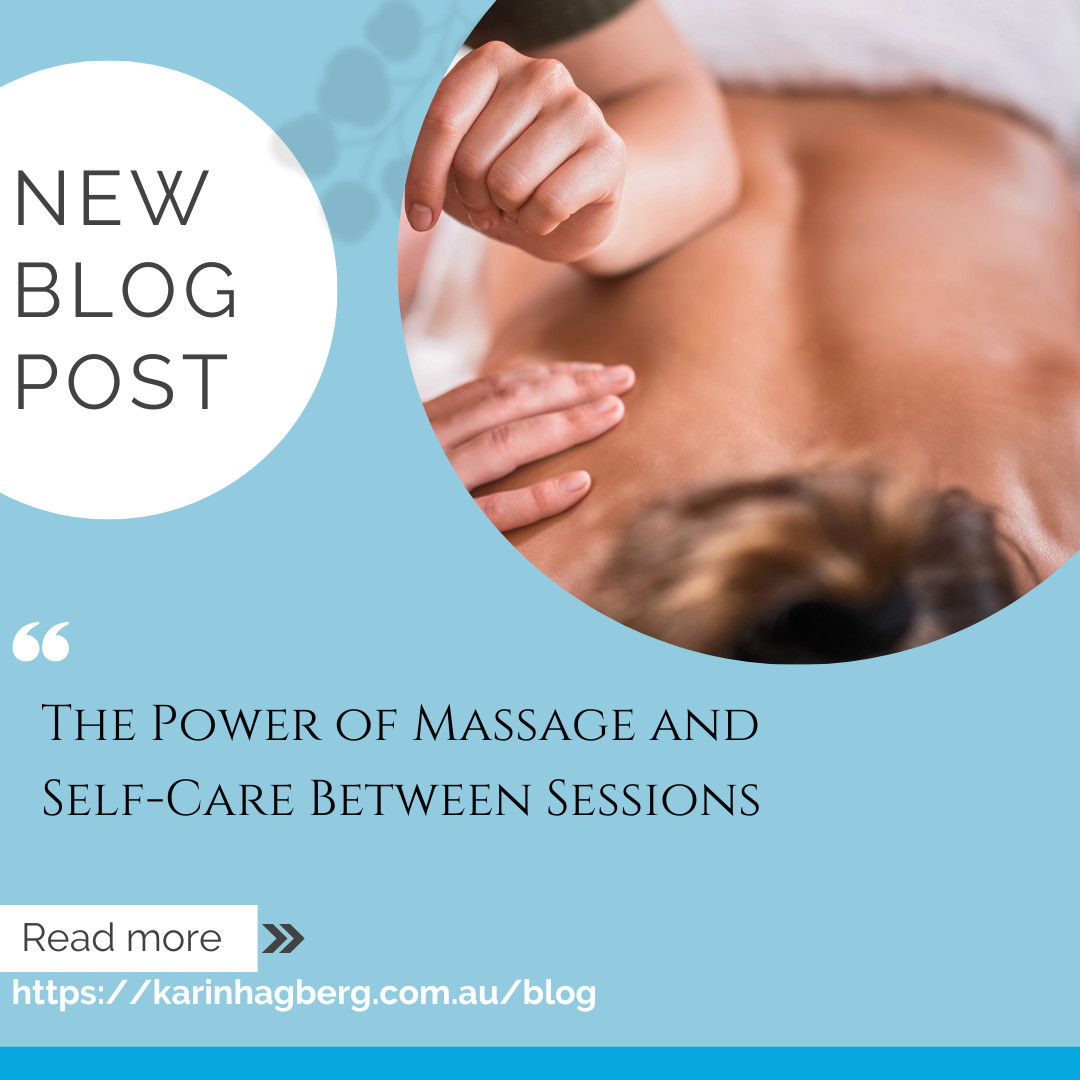
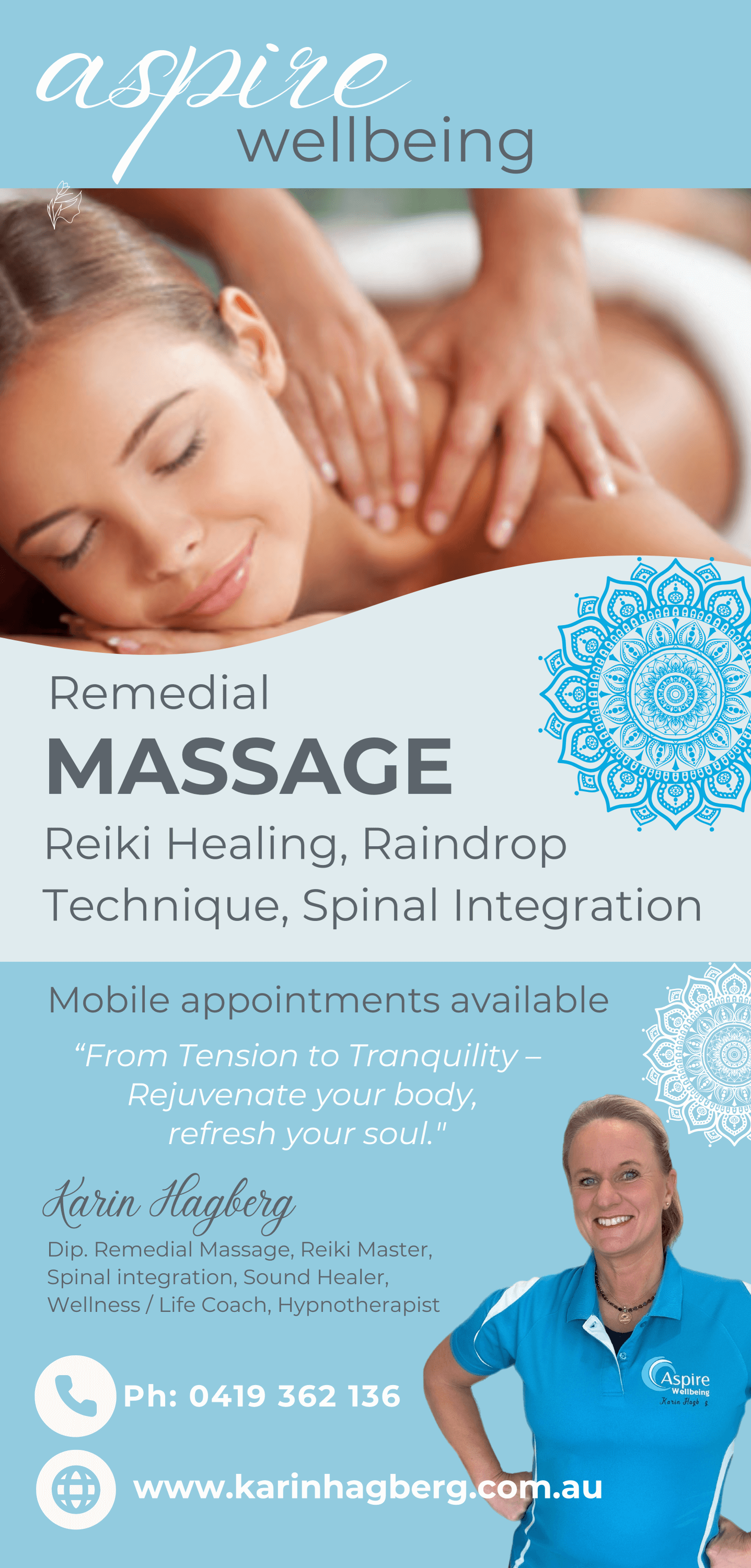
Introduction: The Vital Role of Massage Therapy
Massage therapy goes far beyond relaxation. As a remedial massage therapist, I see firsthand how regular massage can transform lives by relieving physical tension, promoting mental well-being, and supporting the body's natural healing processes. However, true wellness doesn’t end when you leave the massage table. Practicing self-care between sessions is key to sustaining these benefits.
The Benefits of Regular Massage Therapy
- Pain and Tension Relief: Targeted massage can relieve muscle tension, reduce pain, and improve flexibility.
- Improved Circulation: Massage helps to increase blood flow, nourishing tissues and enhancing the body’s natural healing ability.
- Stress Relief and Mental Wellness: The calming effect of massage promotes relaxation, reduces anxiety, and improves sleep.
- Enhanced Immune System: By reducing stress and promoting better blood circulation, massage can contribute to a stronger immune response.
Why Self-Care Between Sessions is Essential
Incorporating self-care between massage appointments amplifies and sustains the results of each session. Here’s how self-care fills the gap and maintains your body’s balance:
- Reduces Recurrence of Tension and Pain: Simple stretching and mindful movement can keep muscles relaxed and reduce the likelihood of tension building up again.
- Enhances Flexibility and Mobility: Regular stretching helps maintain muscle length and joint flexibility, complementing the work done during massage.
- Promotes Long-Term Healing: Hydration, proper nutrition, and relaxation techniques help the body recover faster from physical and emotional stress.
- Supports Mental Resilience: Taking time to care for yourself daily helps foster a mindset of well-being, which is essential for managing stress.
Top Self-Care Tips for Between Massage Sessions
Hydrate Well
Massage therapy often helps to release toxins from muscles into the bloodstream, so staying hydrated is essential for flushing them out. When you’re well-hydrated, your muscles are more pliable, which reduces soreness and increases the effectiveness of massage. Try to:
- Drink a glass of water immediately after your massage session to jumpstart the detox process.
- Aim for at least 8 glasses per day (or more if you’re very active), and remember that herbal teas and water-rich foods like cucumbers and oranges can contribute to your hydration goals
Stretch Regularly
Stretching between massages is a powerful tool for maintaining flexibility, reducing tightness, and improving circulation. Focus on gentle stretches for areas that tend to hold tension. Here are a few targeted stretches:
- Neck Stretch: Gently tilt your head to each side, holding for 15-30 seconds. This helps reduce tension, especially if you work at a desk.
- Lower Back Stretch: Lying on your back, pull your knees toward your chest one at a time or both together, holding each stretch for 20 seconds. This can relieve lower back tension.
- Shoulder and Chest Stretch: Place your arm against a wall with your elbow at a 90-degree angle and gently twist your body away, opening up your chest and shoulder muscles.
- Leg Stretches: Simple hamstring or calf stretches can ease soreness and tension, especially if you’re on your feet a lot. Try to hold each stretch for 20-30 seconds.
Stretching daily or a few times a week can go a long way in preventing tightness from returning.
Practice Mindful Breathing
Mindful breathing is a quick way to bring calm to your body and mind, helping you manage stress and anxiety, which can contribute to physical tension. Here’s a simple breathing technique to try:
- Box Breathing: Inhale through your nose for a count of four, hold for four, exhale for four, and pause for four. Repeat for a few minutes. This pattern relaxes the nervous system and helps you feel centered.
You can use this technique anytime you feel stressed, and it can even enhance the relaxation benefits of your massage.
Stay Active, But Listen to Your Body
Engaging in regular, low-impact physical activity keeps your muscles supple, supports circulation, and reduces the risk of recurring stiffness. Here are some tips for balancing activity with self-care:
Engaging in regular, low-impact physical activity keeps your muscles supple, supports circulation, and reduces the risk of recurring stiffness. Here are some tips for balancing activity with self-care:
- Choose gentle activities like walking, swimming, or yoga, which promote movement without excessive strain.
- Avoid strenuous exercise immediately after a massage, as your muscles may be too relaxed to handle high-impact movements.
Be mindful of any sore or tender spots; if you experience any unusual soreness, give yourself permission to rest.
Exercise is key, but respecting your body’s limits ensures that you’re not overloading it, which helps preserve the positive effects of your massage.
Prioritise Quality Rest
- Sleep is essential to recovery. During deep sleep, your body repairs tissues, recharges energy levels, and helps your immune system work efficiently. To optimize sleep quality:
- Establish a relaxing bedtime routine by disconnecting from screens, taking a warm bath, or doing light stretching before bed.
- Keep a consistent sleep schedule to regulate your body’s internal clock, which can help you feel more refreshed.
- Try mindfulness exercises or listen to relaxing music to unwind, especially on days when you’ve had a massage. This helps extend the relaxation into your rest, promoting a deeper, more restorative sleep.
Self-Care is Self-Compassion
Remember, self-care isn’t a luxury; it’s a form of self-respect. By taking small steps to care for your body and mind, you’re building resilience, increasing your body awareness, and showing yourself the compassion you deserve.
Make the Most of Your Massage Journey
Massage therapy and self-care work hand in hand. Committing to both will help you feel healthier, more energized, and more connected to your well-being. Remember, each massage session is a step toward your best self, but it’s what you do in between that helps make those steps last.
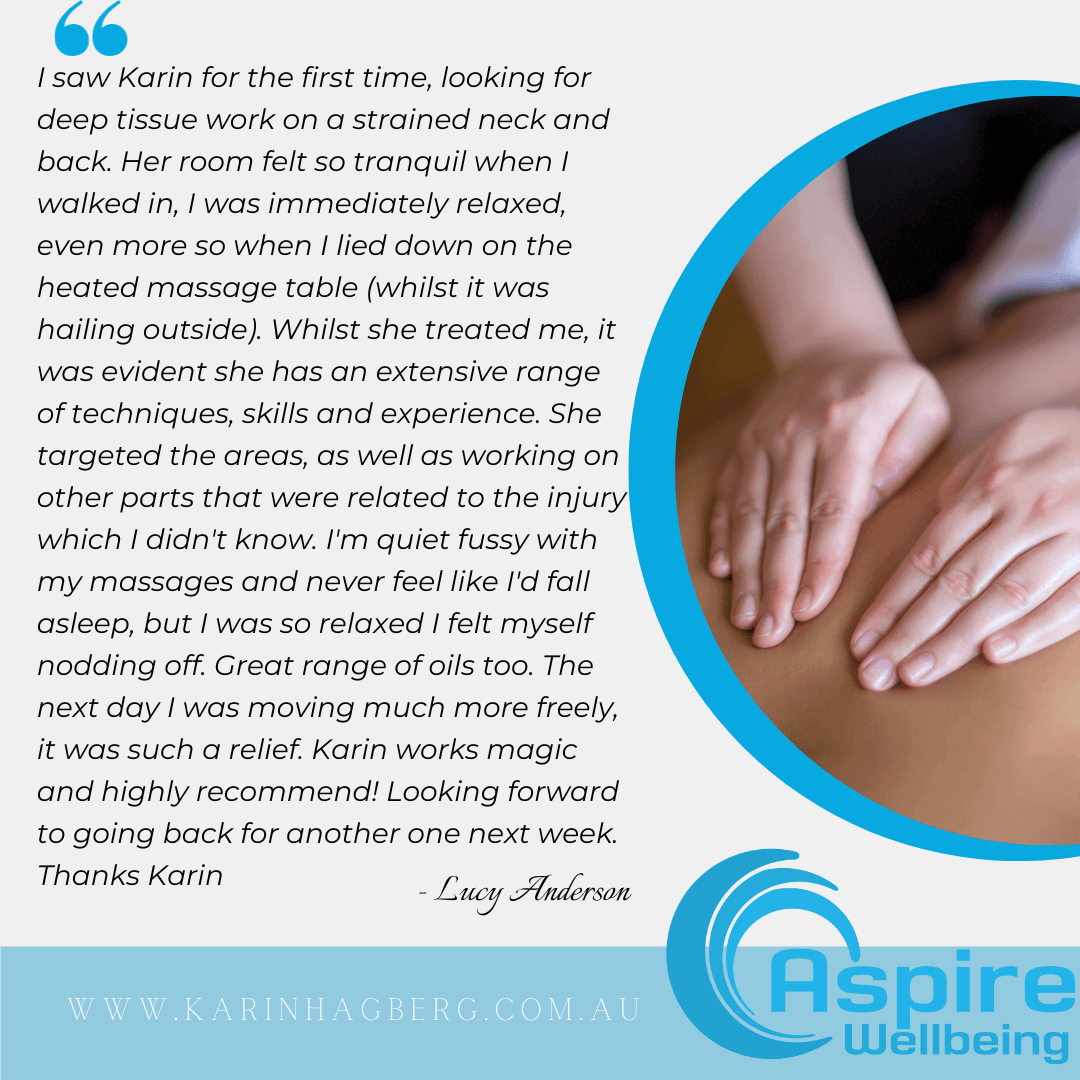
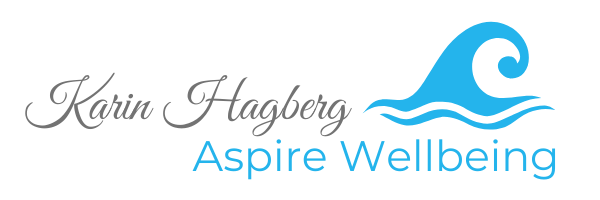

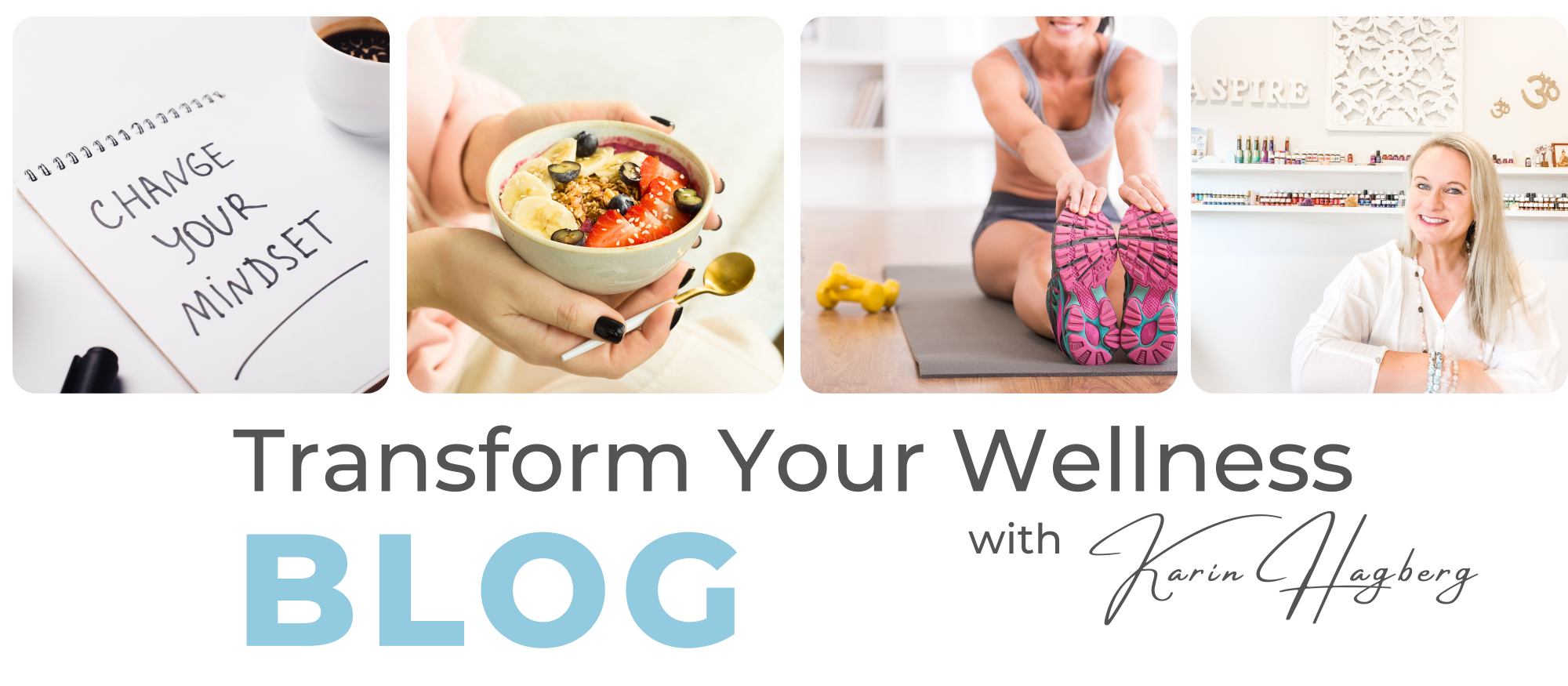



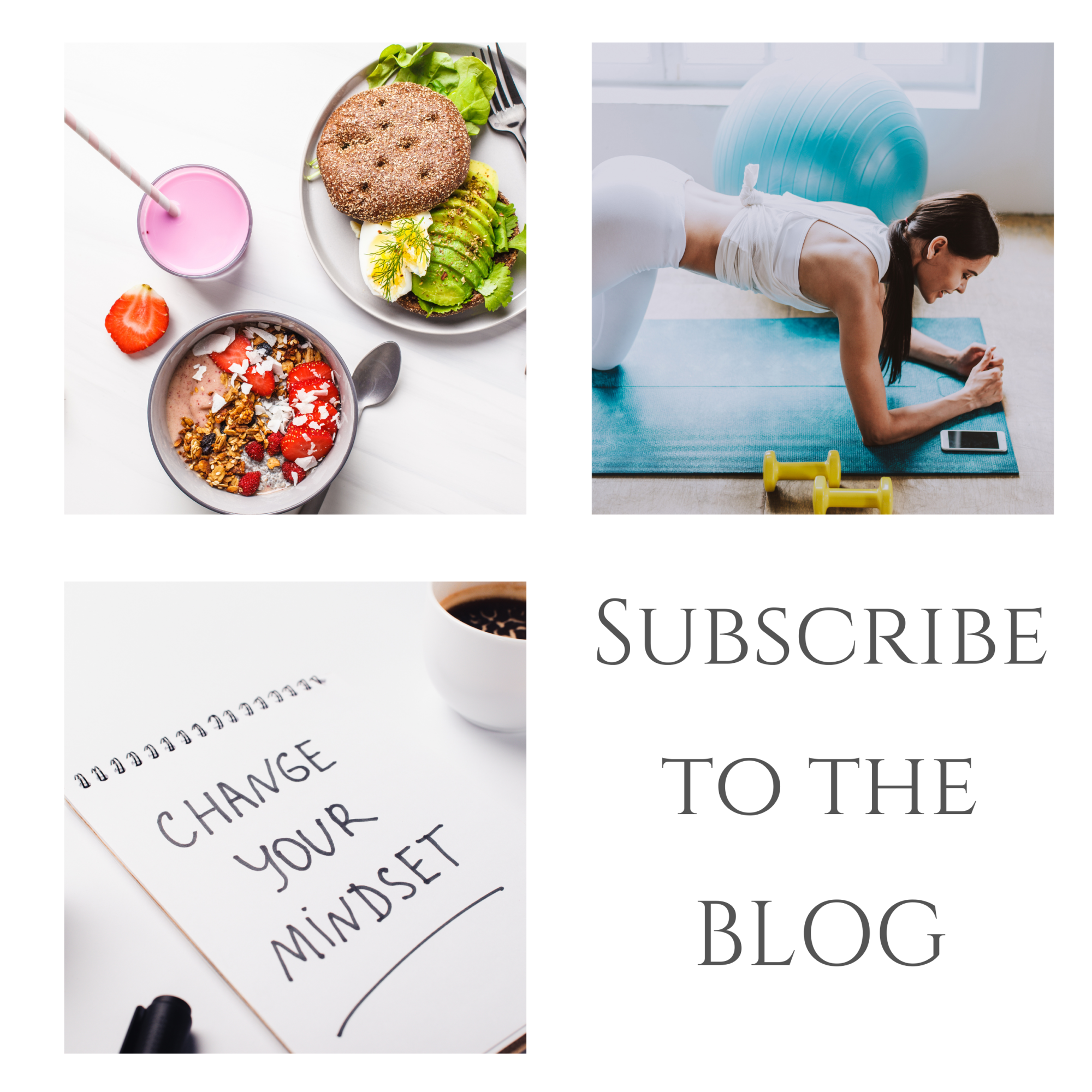






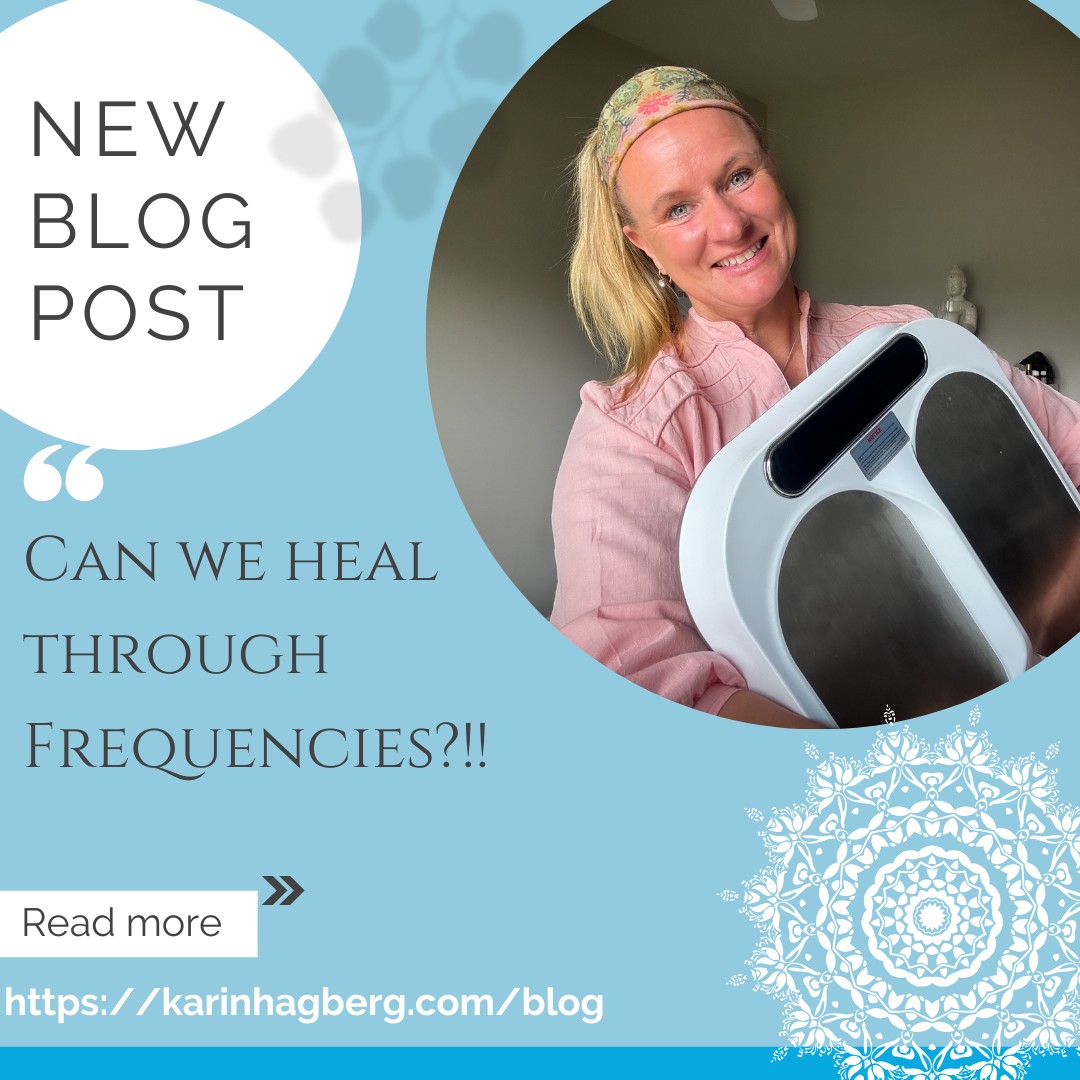
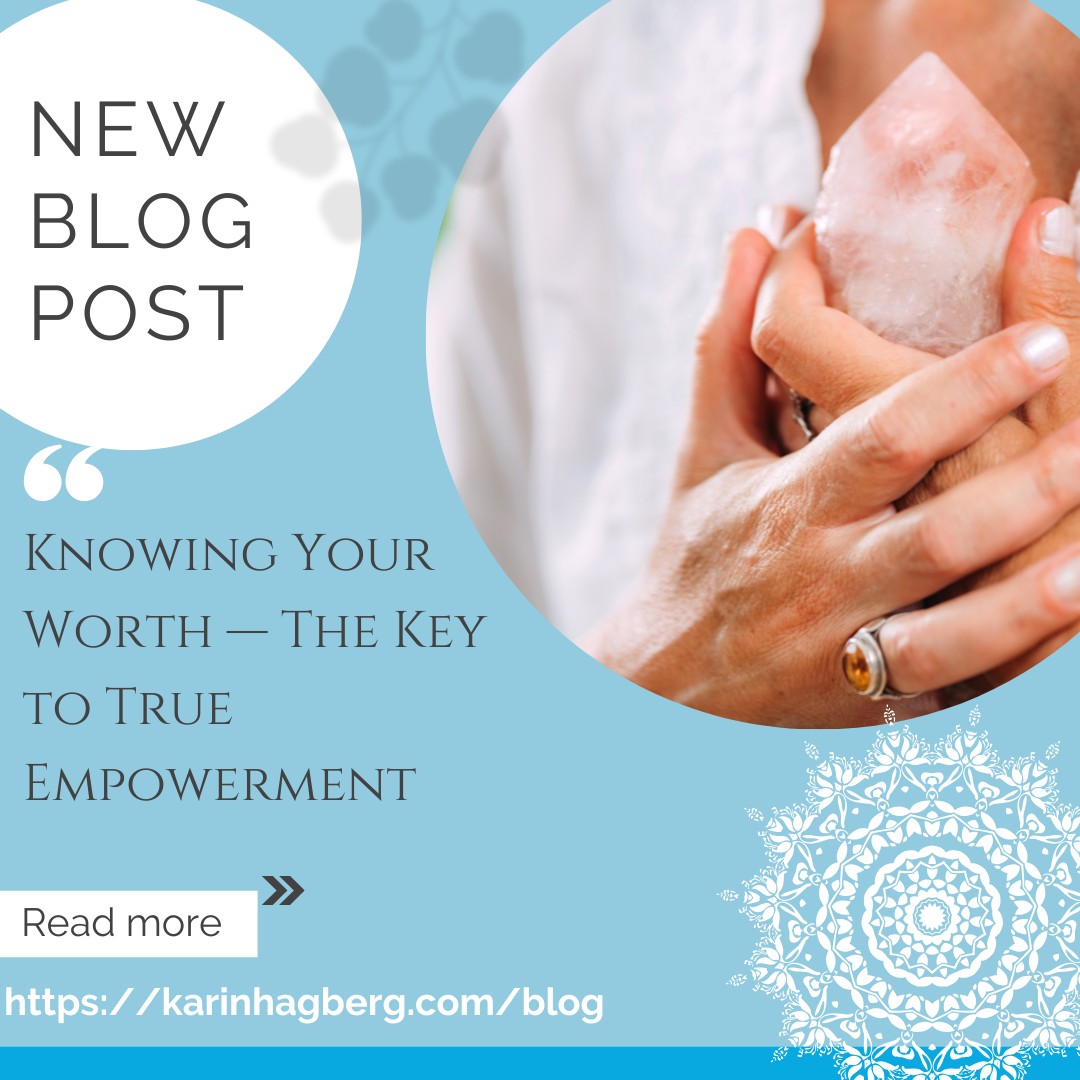



0 Comments